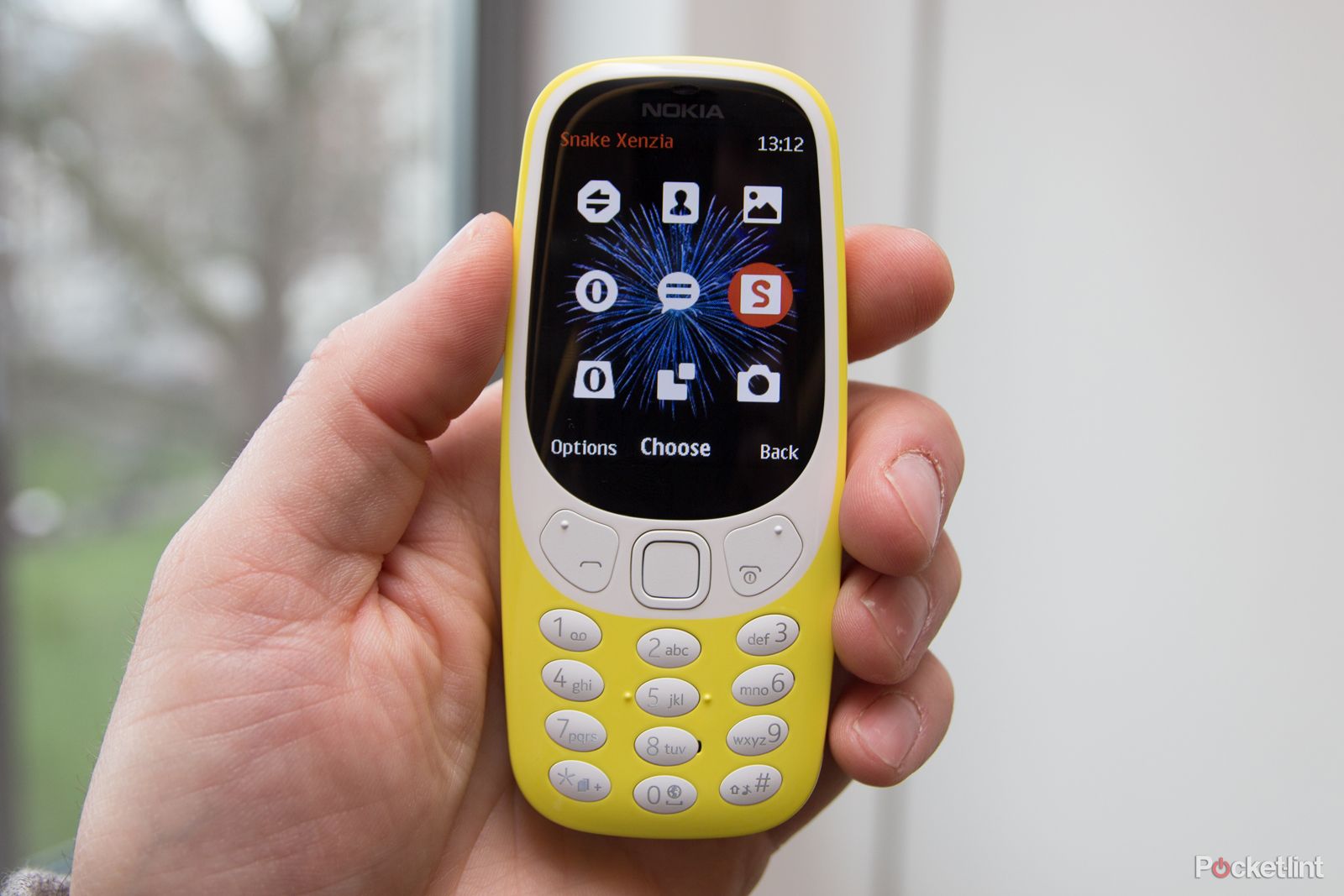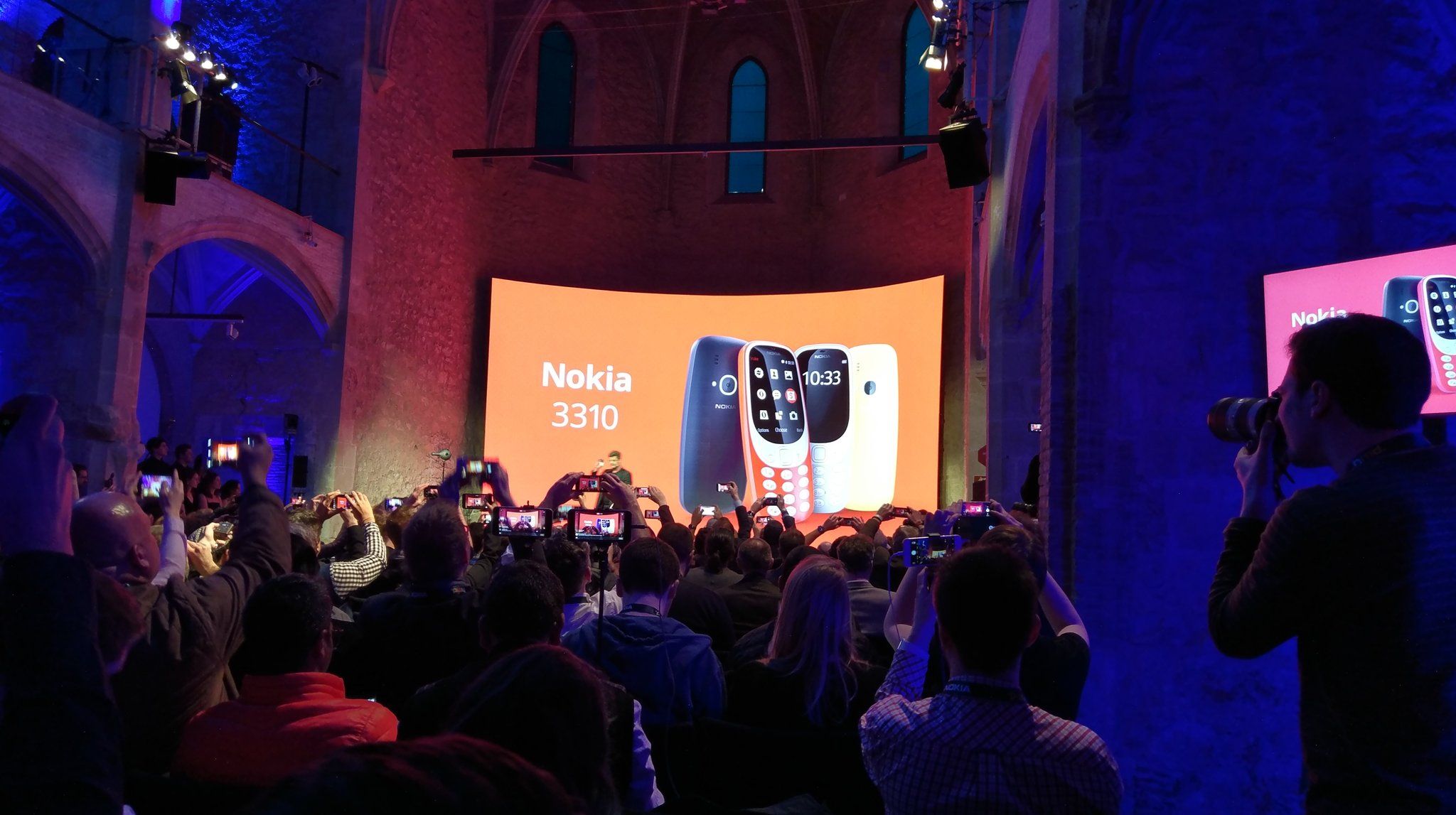With the dust settling over a busy MWC 2017, it's time to look back and reflect a little on that move from Nokia. The company relaunched itself into smartphones, adopting the Android platform and announcing the Nokia 6, Nokia 5 and Nokia 3.
It's an important move, with the Nokia phone brand under the guidance of HMD Global, a Finnish startup essentially established to do this job, and packed with plenty of staffers from Nokia days gone by.
The Nokia 3310 was the talk of Mobile World Congress. It attracted legions to the Nokia stand - no bad thing - and it took a lot of headlines. Again, when you're fighting for coverage against companies like Samsung or LG, this is a good thing. Nokia dominated many of the stories coming out of Mobile World Congress thanks to the 3310.
For those at MWC, the new Nokia 3310 is a bit of retro fun. There was rapturous applause and plenty of cheering when the phone was revealed on stage on Sunday afternoon. It was anticipated, following a high-profile leak of the device the week before.
We certainly enjoyed covering the Nokia 3310 and you enjoyed reading about it, but there's a more serious issue. Outside of the bubble of tech insiders - journalists, industry suppliers, buyers, analysts, phone geeks of all types - people don't know the rest of the Nokia story.
Talking to real people outside of the industry, everyone knows there's a new Nokia 3310, but they don't know there are Nokia smartphones too. That's not something that resonated with the wider public.
As a launch day communication it worked, but the rest of the message has been lost in the noise. The new 3310, also, isn't really a modern take on the retro classic as its been pitched. It offers many of the same features as the original, with the dual band connection being the one that perhaps raises the most questions.
As it is, the Nokia 3310 isn't a global smartphone. It basically won't work in North America and we can't believe that Nokia didn't consider this. It feels like a missed opportunity to make the feature phone a thing again.
It was described by Florian Seiche, HMD's president, as a "detox" device when we spoke to him. But in reality, the Nokia 3310 should have been a Trojan Horse. It should have been a retro alternative that offered more: a 3G connection you could use as a hotspot for your laptop or tablet, an easy gateway to import your Google contacts, a synced camera that shared its photos to your other phone. It should have offered functions that gave it purpose as a device.
As it is, the 3310 feels like a phone that was designed for the developing world, that's been thrown into the limelight because of its retro charms and found unexpected fame, while eclipsing the real message - that Nokia is back in the smartphone business. Ultimately, this could be a bad thing, because for many, they missed the message that Nokia is now offering some rather charming smartphones.


